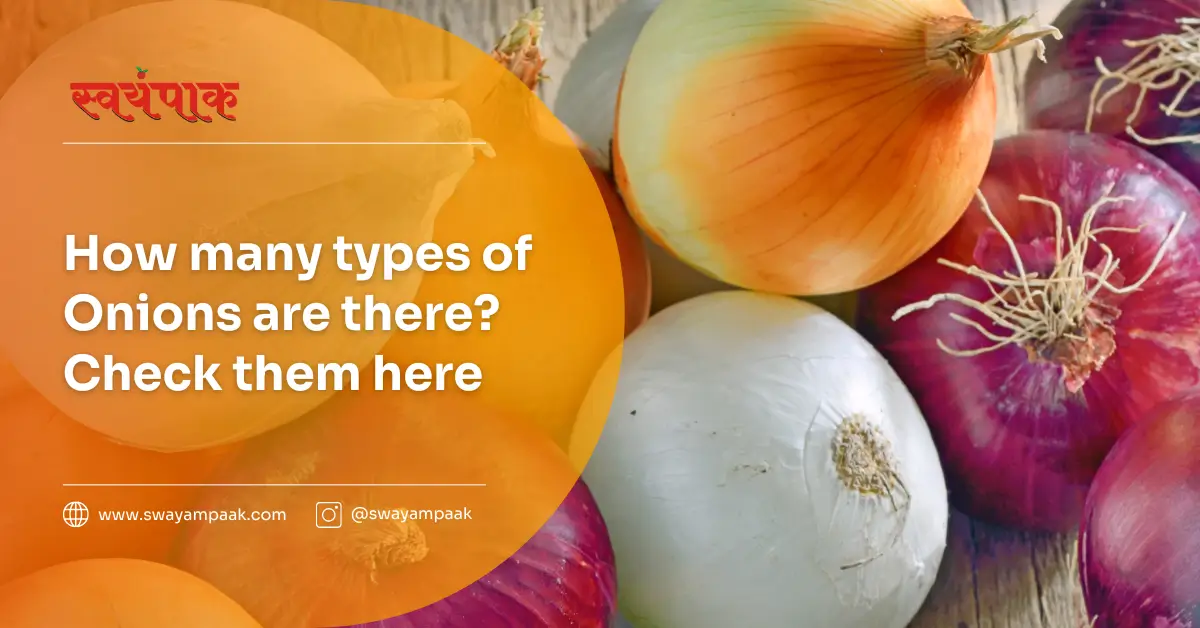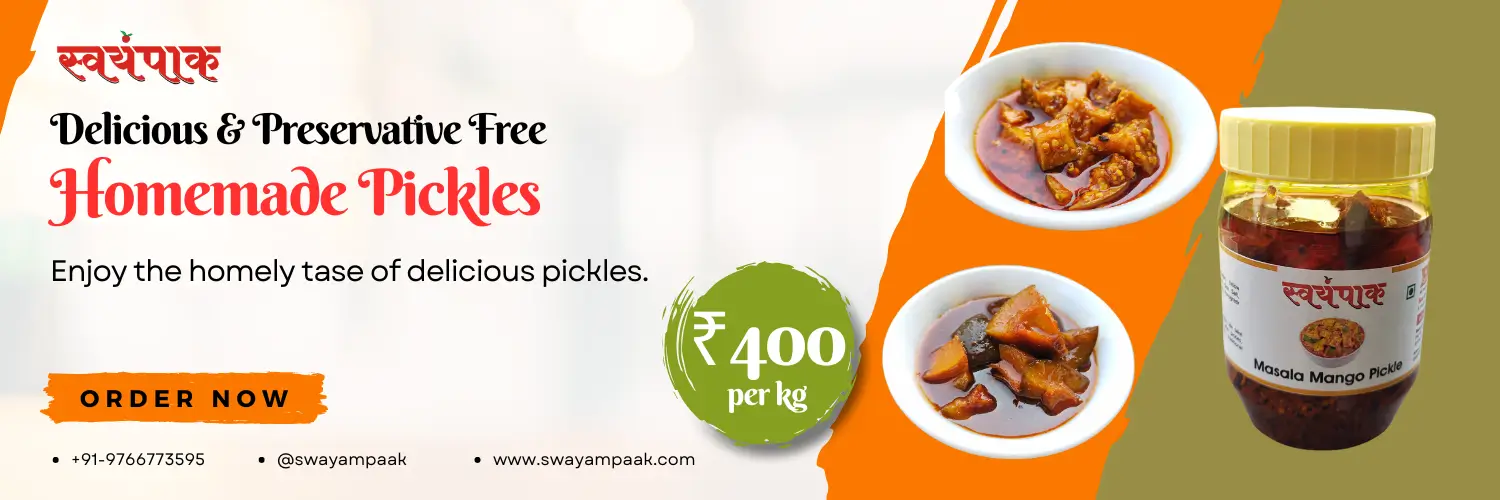Onions are a cornerstone of global cuisine, adding depth, complexity, and a touch of magic to countless dishes. From the fiery curries of India to the delicate flavours of French onion soup, their versatility is unmatched.
So, How many types of onions are there? In this article, we will explore the fascinating world of over a dozen types of onions!
Here are 7 takeaways on onions from this article How many types of onions are there?:
- Onions are a Global Culinary Staple: They add depth and complexity to dishes worldwide, from fiery curries to delicate French onion soup.
- Over a Dozen Onion Varieties Exist: Each variety offers a unique flavour profile, ranging from strong and pungent to mild and sweet.
- Onions are Nutritional Powerhouses: They are low-calorie and packed with vitamins, minerals, and antioxidants.
- The Anatomy of an Onion is Simple yet Elegant: It consists of a bulb with concentric layers, each contributing to the overall flavour.
- Common Onion Varieties Include: Yellow onions (strong and pungent), red onions (milder and slightly sweet), white onions (sharp and spicy), and sweet onions (mild and sugary).
- Beyond the Basics: Shallots, leeks, pearl onions, and cipollini onions offer additional flavour profiles and culinary applications.
- Onions Offer Health Benefits: They can boost immunity, reduce inflammation, improve heart health, and promote gut health.
What Are Onions?
More than just a cooking staple, onions are nutritional powerhouses. Packed with vitamins, minerals, and antioxidants, they offer a range of health benefits, from boosting immunity to regulating blood sugar. Their basic anatomy is simple: a bulb made of layers surrounding a central root system. But it’s within these layers that a symphony of flavours unfolds.
The Anatomy of an Onion
Onions, like most bulb vegetables, have a simple yet elegant structure:
- Bulb: This is the fleshy, edible part of the onion, composed of concentric layers. Each layer is a modified leaf that stores water and nutrients.
- Layers: The number of layers can vary depending on the onion variety, but typically ranges from several to over a dozen. These layers contribute to the onion’s flavour profile, with the outer layers often being stronger and the inner layers milder.
- Roots: A network of fibrous roots emerges from the base of the bulb, anchoring the onion plant and absorbing water and nutrients from the soil.
How many types of onions are there?
Yellow Onions
The workhorses of the kitchen world, yellow onions boast a strong, pungent flavour that mellows with cooking. Think French onion soup, caramelized onions on burgers, or the base for countless savoury dishes. They’re also a great source of vitamin C and quercetin, an antioxidant with anti-inflammatory properties.
Red Onions
Less intense than their yellow counterparts, red onions offer a milder, slightly sweet flavour with a beautiful vibrant colour. They add a delightful crunch to salads, tacos, and slaws, and their vibrant hue elevates any dish they grace. Red onions are rich in anthocyanins, pigments known for their potential heart-health benefits.
White Onions
With a sharp, spicy bite, white onions are perfect for adding a kick to salsas, ceviche, and stir-fries. Their raw flavour mellows when cooked, making them ideal for adding depth to sauces and broths. They’re a good source of chromium, a mineral that helps regulate blood sugar levels.
Sweet Onions
As their name suggests, these beauties are all about sweetness. Popular varieties include Vidalia, Walla Walla, and Maui onions. Their mild, sugary flavour shines in salads and sandwiches, and when caramelized.
Green Onions (Scallions)
Not technically bulbs, these long, slender green vegetables boast a fresh, mild onion flavour. They add a pop of colour and a delightful bite to everything from soups and stir-fries to noodle dishes and garnishes. Green onions are rich in vitamin K, essential for blood clotting and bone health.
Shallots
Delicate and sweet, shallots elevate sauces, vinaigrettes, and Asian-inspired dishes. Their complex flavour profile adds depth without overpowering other ingredients. They’re a good source of prebiotics, which promote gut health.
Leeks
With a mild, oniony sweetness, leeks add a touch of elegance to soups, stews, and potato dishes. Their long, white stalks and leafy green tops are both edible, offering a variety of textures and flavours. Leeks are a good source of vitamin A, important for vision and immune function.
Pearl Onions
These tiny, sweet onions add a delightful touch to stews, potpies, and roasted vegetables. Their small size makes them perfect for whole-braising, creating little flavour bombs in your dish. Pearl onions are a good source of manganese, a mineral that aids in metabolism and enzyme function.
Cipollini Onions
Flattened and slightly sweet, these Italian onions offer a rich, caramelized flavour when roasted. They’re perfect for adding depth to side dishes, pasta sauces, and appetizers. Cipollini onions are a good source of dietary fibre, which promotes gut health and digestion.
How many types of onions are there in Indian cooking?
Yellow Onions:
- They form the base for most Indian curries, stews, and gravies
- Often caramelized to create a rich, brown base for dishes like biryani and korma
- Commonly deep-fried to make crispy onion garnishes (birista) for biryanis and other rice dishes
- Used in large quantities in restaurant-style Indian dishes for flavour and texture
Red Onions:
- Frequently used raw in Indian salads like kachumber and in various chutneys
- Pickled with vinegar and spices to make a tangy accompaniment (sirke wale pyaaz)
- Used in North Indian dishes like tandoori preparations and some curry bases
- Added to raitas and yoghurt-based side dishes for crunch and flavour
White Onions:
- Preferred in some regional cuisines for their sharper, cleaner taste
- Used in certain seafood preparations, especially in coastal cuisines
- Sometimes chosen for their ability to retain shape when cooked, useful in specific dishes
- Occasionally used in place of yellow onions in lighter-coloured gravies
Green Onions (Scallions):
- Commonly used as a fresh garnish for many North Indian dishes
- Incorporated into stuffings for parathas and other flatbreads
- Added to egg dishes like omelettes and scrambled eggs (bhurji)
- Used in some vegetable preparations, particularly in Punjabi cuisine
Shallots:
- Essential in South Indian cooking, especially in Tamil and Kerala cuisines
- Used whole or sliced in sambar, rasam, and other lentil-based dishes
- Fried until crispy and used as a topping for rice dishes and dosas
- Ground into spice pastes for various curry bases
Pearl Onions:
- Popular in South Indian cuisine, particularly in Kerala
- Used whole in vegetable curries and stir-fries
- Pickled with vinegar and spices as a condiment
- Added to meat dishes for extra texture and bursts of flavour
Leeks:
- Not traditional to Indian cooking but is sometimes used in modern fusion dishes
- Occasionally substituted for green onions in contemporary recipes
- Used in some Indo-Chinese preparations
- Sometimes incorporated into experimental versions of traditional dishes
Cipollini Onions:
- Rarely used in traditional Indian cooking
- Occasionally featured in modern Indian restaurants for their visual appeal
- Sometimes used as a substitute for pearl onions in upscale versions of classic dishes
- Might be incorporated into fusion dishes that blend Indian flavours with Western techniques
Nutritional Powerhouse
Onions are a low-calorie vegetable packed with essential vitamins, minerals, and antioxidants. Here’s a glimpse into their nutritional riches:
| Onion Type | Appearance | Flavor | Best Uses | Nutritional Highlights (per 100g) |
|---|---|---|---|---|
| Yellow Onions | Brown skin, white flesh | Strong, pungent | All-purpose, cooking, sautéing | 40 calories, high in vitamin C and B6 |
| Red Onions | Purple-red skin and flesh | Mild to sharp, slightly sweet | Raw in salads, grilling, pickling | 40 calories, rich in quercetin and anthocyanins |
| White Onions | White skin and flesh | Sharp, tangy | Mexican cuisine, salsas, white sauces | 40 calories, good source of fiber and potassium |
| Sweet Onions | Light yellow skin, white flesh | Mild, sweet | Raw in salads, sandwiches, lightly cooked dishes | 32 calories, lower in sulfur compounds |
| Green Onions (Scallions) | Long green stalks, small white bulbs | Mild, fresh | Garnishes, Asian cuisine, raw in salads | 32 calories, high in vitamin K and A |
| Shallots | Small, elongated, copper-brown skin | Mild, slightly sweet and garlicky | French cuisine, vinaigrettes, sauces | 72 calories, rich in antioxidants |
| Leeks | Long white and green stalks | Mild, slightly sweet | Soups, stews, potato dishes | 61 calories, high in vitamin A and K |
| Pearl Onions | Small, round, white, yellow, or red | Sweet, mild | Stews, braised dishes, cocktail garnishes | 43 calories, good source of vitamin C |
| Cipollini Onions | Small, flat, pale yellow | Sweet, mild | Roasting, caramelizing, Italian cuisine | 39 calories, contains flavonoids |
Health Benefits Beyond the Plate
The health benefits of onions extend beyond their nutritional content. Here are some key ways they can contribute to your well-being:
- Boosts Immunity: The vitamin C content in onions helps strengthen the immune system, making you more resistant to infections.
- Reduces Inflammation: Quercetin, an antioxidant found in onions, has anti-inflammatory properties that can help ease symptoms of conditions like arthritis and asthma.
- Improves Heart Health: Onions may help lower blood pressure and cholesterol levels due to their potassium and antioxidant content.
- Promotes Gut Health: Certain onion varieties, like shallots, contain prebiotics that nourish gut bacteria, contributing to a healthy digestive system.
Conclusion
In conclusion, onions are more than just a ubiquitous kitchen ingredient. They are a versatile culinary tool with a fascinating structure and a surprising range of health benefits. From the strong, pungent bite of yellow onions to the mild sweetness of Vidalias, over a dozen varieties offer a spectrum of flavours to explore.
Each layer of an onion, beyond its physical form, contributes to its unique taste profile. Packed with vitamins, minerals, and antioxidants, onions can boost immunity, reduce inflammation, improve heart health, and promote gut health. So next time you reach for an onion, remember you’re not just grabbing a vegetable; you’re adding a layer of flavour and potential health benefits to your dish.


